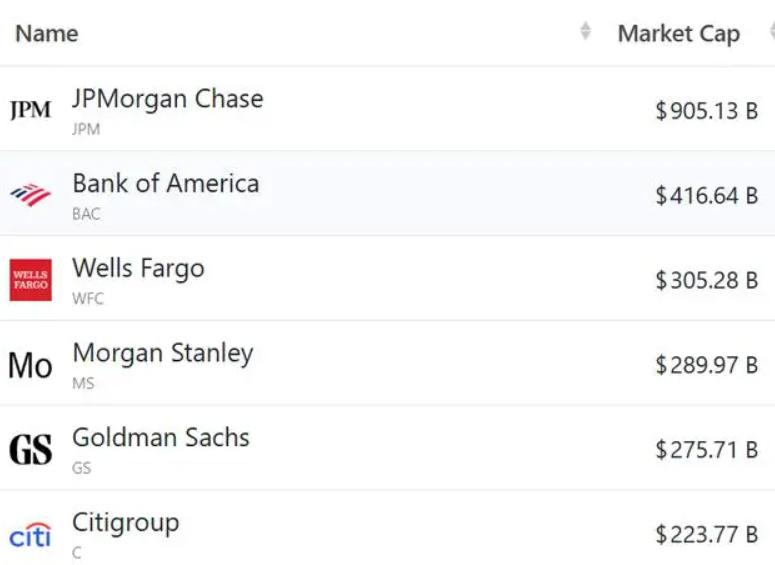
Bitcoin has gone through a long evolution from being regarded as a marginal financial instrument to becoming a mainstream investment asset. In recent years, the rise of Bitcoin exchange-traded products (ETPs) and exchange-traded funds (ETFs) has made it easier for institutional investors to access this emerging asset. However, as a large amount of funds flow into these investment products, an important problem has gradually emerged: the centralized risk of Bitcoin custody.
First, take the iShares Bitcoin Trust launched by BlackRock as an example. This fund currently manages more than $50 billion in assets and is one of the most successful Bitcoin ETFs on the market. However, all physical Bitcoins are kept by a single custodian, Coinbase. This means that although BlackRock is a global financial giant, the actual custody risk is mainly concentrated on Coinbase. This single-point dependence brings potential systemic risks that many investors may not be fully aware of.
It is worth noting that Coinbase has a credit rating of BB-, which is at the "junk" level. This means that the company's financial stability is worrying despite being trusted to custody billions of dollars in Bitcoin. There is no sign that Coinbase will not be able to continue to perform its custody duties, but Bitcoin history shows that it is not impossible for custodians to go bankrupt. From Mt. Gox to FTX, and then to Prime Trust, failure cases frequently remind investors of the severity of custody risks.
Second, the single custody model originates from the traditional financial system, in which assets are usually stored in a single clearing institution or bank. However, the core characteristics of Bitcoin are different from traditional finance. As a decentralized asset, the value of Bitcoin lies in reducing the need for trust and avoiding single points of failure. However, the risks of the single custody model are not limited to bankruptcy or fraud. State intervention, cyber attacks, and operational failures can all lead to inaccessibility of custodial assets. Even if Bitcoin still exists on the blockchain, the inability to retrieve assets through a custodian is an unacceptable risk for investors. Against the backdrop of institutional investors' increasing emphasis on efficiency, security, and autonomy, the single custody model is exposing more problems.
At the same time, with the popularity of Bitcoin ETFs and ETPs, and companies and institutions incorporating Bitcoin into treasury reserves, the demand for highly secure and scalable custody solutions is surging. The multi-institutional custody (MIC) model is becoming an emerging trend, providing institutional investors with a way to diversify risks. Bitcoin service providers like Onramp have developed a multi-institutional custody framework that combines traditional security measures with the resilience of Bitcoin's decentralized architecture. MIC not only improves security, but also allows for the reduction of catastrophic risks caused by single points of failure by distributing custody responsibilities. For example, a multi-signature setup requires multiple parties to jointly approve transactions, which not only provides cryptographic proof of reserve assets, but also enhances supervision and accountability.
In addition, another reason for the renewed attention of the trust structure is its tax efficiency advantage. Unlike ETFs, which usually need to be settled in cash, the trust structure allows investors to directly receive the underlying Bitcoin. This physical delivery method avoids taxable events in many cases while retaining the long-term advantages of holding Bitcoin.
Finally, although the launch of spot Bitcoin ETFs is regarded as a milestone in the industry, the maturity of the market has made the limitations of the single custody model more obvious. The traditional financial system has developed a multi-custody clearing mechanism and a diversified asset management framework, and Bitcoin, as an innovative asset, also needs to adapt to the diverse needs of institutional investors.
In summary, as the market continues to evolve, custody solutions that can ensure security, transparency and decentralization will become mainstream. Institutional investors need not only convenient Bitcoin investment tools, but also long-term mechanisms that can deal with custody risks and ensure asset security. The promotion of multi-institutional custody not only opens up new directions for the future of Bitcoin investment, but also injects more possibilities into the modernization of the financial system.

Driven by the Trump administration's push to relax financial regulations and the recovery of investment banking business, the market value of the six major banks in the United States has cumulatively increased by approximately 600 billion US dollars by 2025.
Driven by the Trump administration's push to relax financia…
On Christmas evening, U.S. President Trump posted on social…
According to multiple foreign media reports, the recent fin…
The middle class, once regarded as the cornerstone of Ameri…
On December 19th local time, the US military launched a lar…
The Boxing Day sunshine should have cast a false glow of pr…